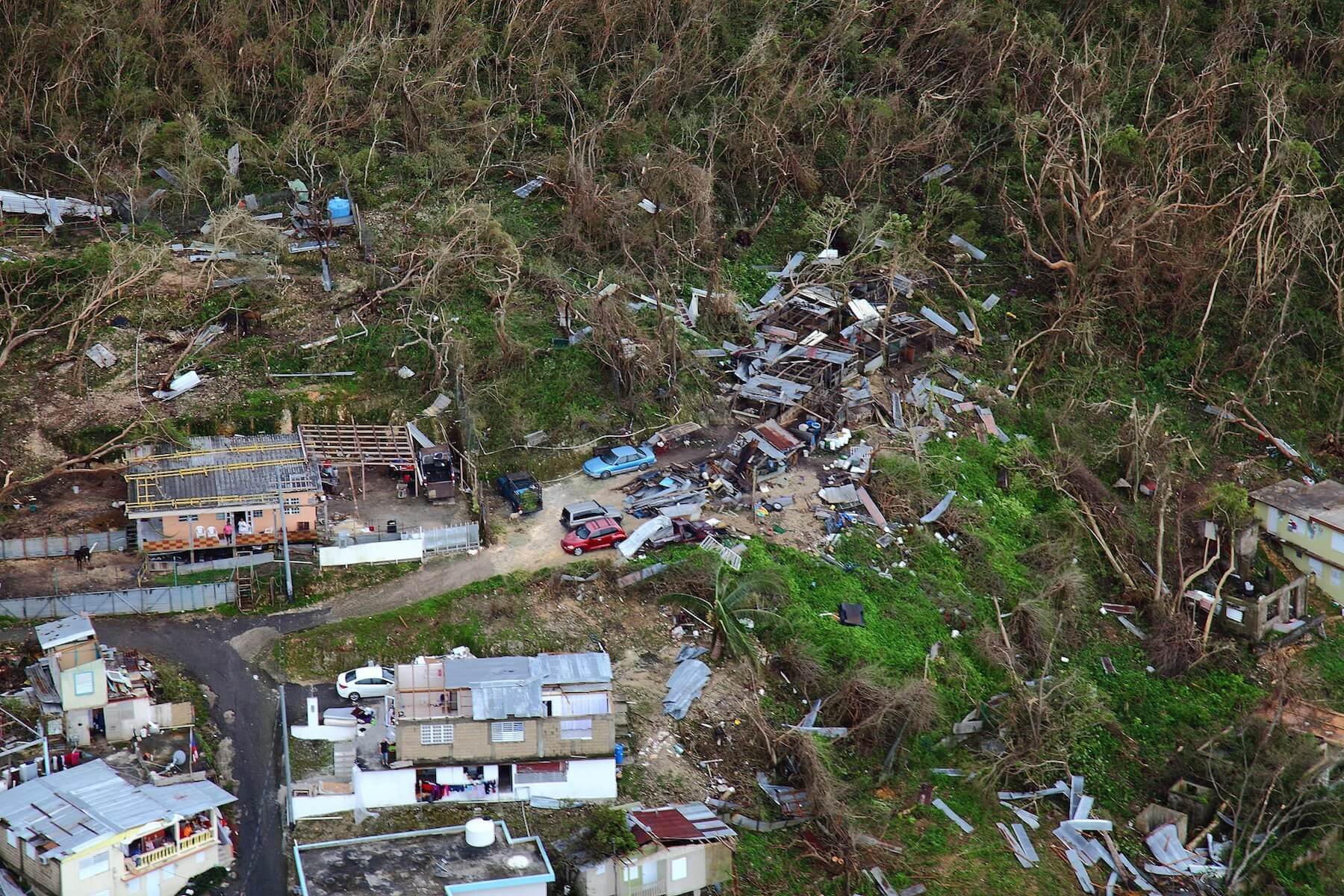If the next generation is going to think critically as adults, they need to practice writing today.
The pace of technology’s evolution is more blistering than ever. Never before have we had the ability to scale education access at the rate we do today. Yet, the solutions that technology creates also bring about a new urgency for students to be able to decipher and evaluate the abundance of information available to them. In order for students to be able to think critically online, they must be empowered with the literacy skills to sort through arguments, understand perspectives, and assess logic.
As machines and artificial intelligence eliminate low- and medium-skilled jobs, the ability to think critically, communicate effectively, and express ideas thoughtfully is becoming increasingly more important. Strong reasoning and writing skills will bridge the threshold between students being empowered or left behind in the job market of tomorrow.
“Writing organizes and clarifies our thoughts. Writing is how we think our way into a subject and make it our own,” said William Zinsser. “Writing enables us to find out what we know — and what we don’t know — about whatever we’re trying to learn.”
In short, writing is the path to critical thinking. And critical thinking is the path to survival.
The problem is, about only one quarter of both eighth and 12th grade students can write proficiently, according to the most recent data from the National Assessment of Education Progress.
In many school districts across the country, a lack of resources has prevented students from getting the high-level materials and personalized instruction they need to develop strong literacy skills. A New York Times article analyzing the gap in education outcomes among rich and poor families noted that, “On the day they start kindergarten, children from families of low socioeconomic status are already more than a year behind the children of college graduates in their grasp of both reading and math.”
Critical thinking, communication, collaboration, and creativity are the skills that will create an engaged, informed, and ultimately humane citizenry in this digital age.
As the former director of curriculum and instruction for 115 schools in Chicago Public Schools, I had a bird’s-eye view of the educational experiences students had in the third-largest school district in the country. In the 2017-18 school year, 371,382 students were enrolled in Chicago Public Schools. Of those students, an astounding 77.7 percent were economically disadvantaged.
Across neighborhoods in Chicago – from Chinatown to Back of the Yards to Englewood – I worked with schools serving students who had made their way through neighborhoods where death rates from gunshot wounds were higher than in war zones across the globe.
Teachers were working hard (really hard) to meet their needs, but in some classrooms, students’ reading readiness spanned across 10 levels. Some also spoke multiple languages, moved households frequently, and only had access to old paper textbooks. Students were ill-prepared to enter a job market dominated by technology, automation, and the Information Age.
To overcome these difficult obstacles, teachers and school leaders tried using technology to attempt a personalized learning approach. But at the time, “personalized technology” was creating more of a disconnect in the classroom. Misguided implementations of classroom technology ignored the two key reasons kids came to school in the first place: the teachers and the other kids.
In 2012, it struck me that there were millions of students in the U.S. who needed to develop high-level literacy skills for everyday life. At the same time, the adoption of more rigorous standards and assessments necessitated the teaching of advanced literacy skills like writing and argumentation across multiple subjects, including science, math, and social studies.
Video courtesy of ThinkCERCA.
Many teachers, however, felt unprepared to teach writing or ill-equipped to provide the students in their classes — at various levels of skill acquisition — the personalized instruction they needed to improve their writing.
I knew technology had to play a role, but its place could not be segmented away from the curriculum. It had to be right at the center of learning. It had to happen at, what Harvard’s Richard Elmore coined, The Instructional Core.
According to Elmore, there are only three ways to improve student achievement: 1) Improve the content that students are exposed to; 2) Improve the knowledge and skill teachers bring to the content; and 3) Improve the active mental engagement of students.
Technology could shorten the literacy divide and prepare students for the Information Age through better, differentiated content, time-saving tools that allowed teachers more time with students, and rigorous tasks and frameworks that challenge and help students to develop high-level skills.
Students need personalized instruction to grow academically; technology could save teachers time, so they could deliver that instruction effectively.
Misguided implementations of classroom technology ignored the two key reasons kids came to school in the first place: the teachers and the other kids.
Out of these thoughts, my company came into fruition. ThinkCERCA’s personalized literacy platform helps educators teach critical thinking skills through close reading and academic writing across subjects.
Our research-based platform walks students through the process of developing a CERCA, where they learn to make Claims, support them with Evidence, explain their Reasoning clearly, and address Counterarguments civilly using Audience-appropriate language. Using CERCA, students read a text closely and develop a formal written argument about it in response to a debatable question or writing prompt.
For teachers, our standards-aligned curriculum frees up valuable time that is better spent providing one-on-one feedback to students or facilitating peer-to-peer collaboration and debate – social and intellectual activities that are critical components of 21st century skills.
Learning to CERCA is learning to consume information, think about it critically, and express one’s point of view effectively. It’s high-level literacy, and it’s what our students need.
Critical thinking, communication, collaboration, and creativity are the skills that will create an engaged, informed, and ultimately humane citizenry in this digital age. Everyone deserves access to these literacy skills, and with the scale of learning that technology can reach, we believe that everyone will.



